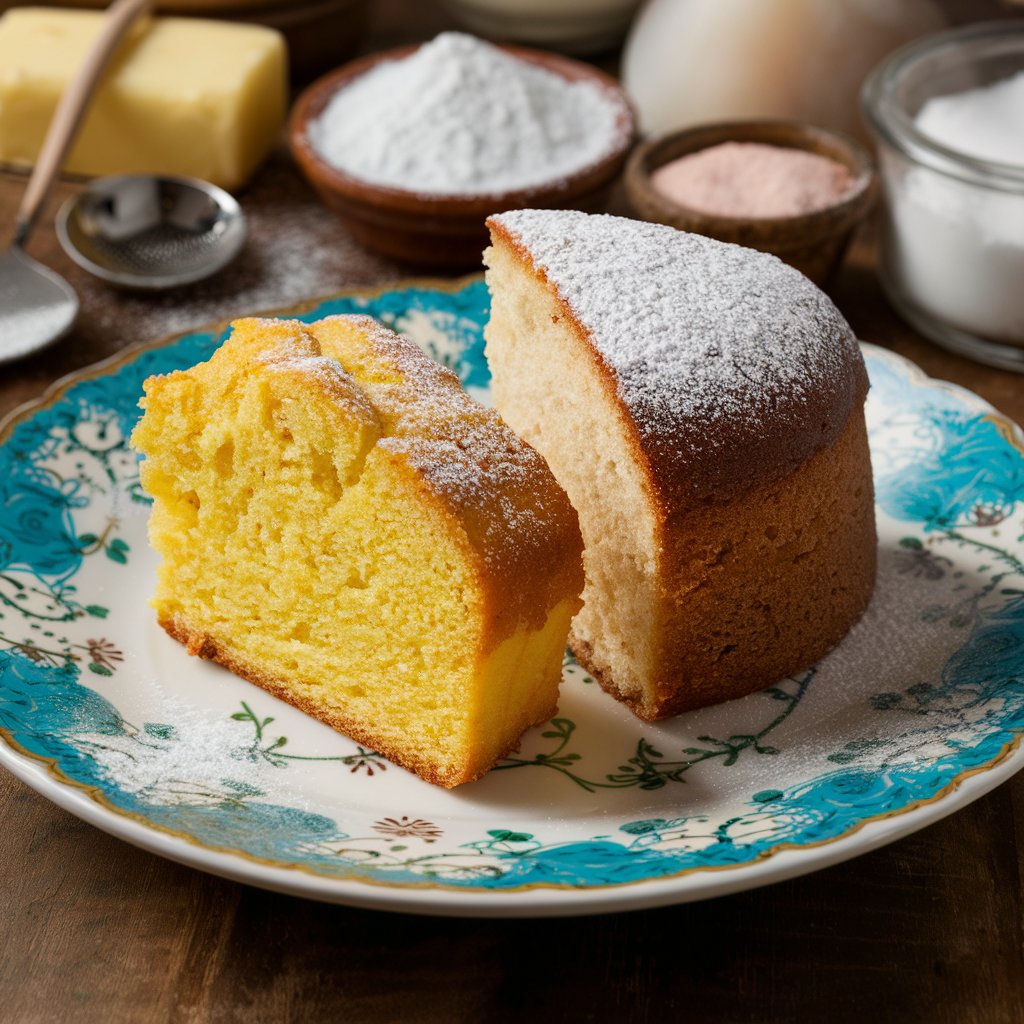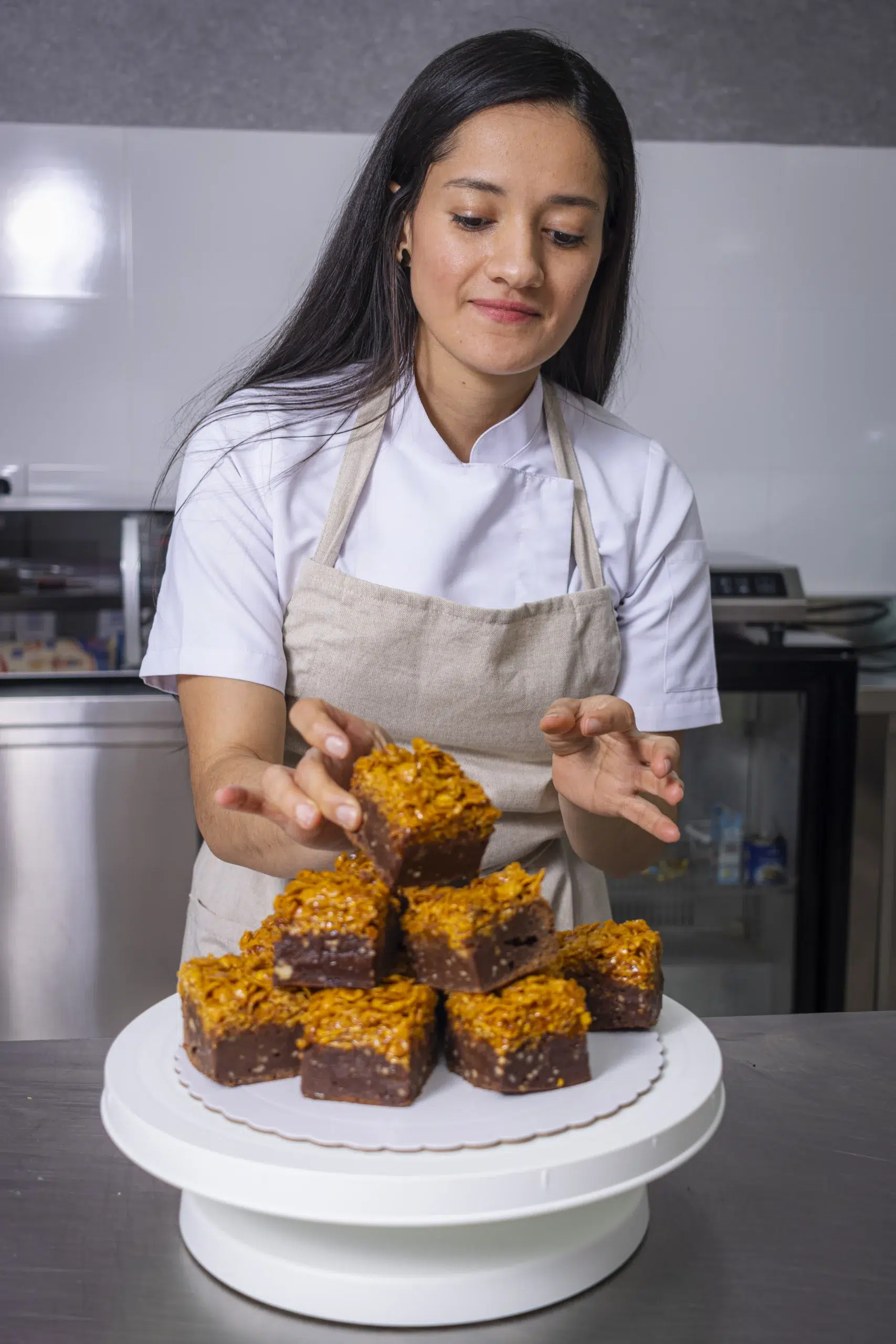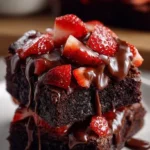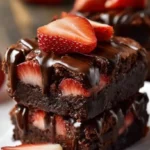Introduction:
Exploring the world of cakes, we often find a variety of types that tantalize our taste buds and spark our curiosity about their origins and characteristics. This detailed guide dives into the differences between two beloved classics: butter cake and pound cake. From their rich histories to the subtle nuances in texture and flavor, this article offers a thorough look at what sets these two cakes apart. It provides insights for both avid bakers and those who bake casually.
Introduction to Butter Cake and Pound Cake
What is Butter Cake?
Butter cake, as the name suggests, is a rich, buttery dessert known for its moist and tender crumb. It originated from the basic desire to create soft, flavorful cakes. Using butter as its main fat source, this cake type delivers a luxurious texture and a creamy taste that many love. It is also versatile, forming the base for various frostings and decorations. In the creaming method, bakers beat butter and sugar together to aerate the batter, yielding a light and airy cake.
What is Pound Cake?
In contrast, pound cake has a history that stretches back to early European baking traditions. Originally made with a pound each of flour, butter, eggs, and sugar, this formula has evolved. Yet, the essence of pound cake remains the same: it’s dense and rich, often enjoyed with just a simple frosting or glaze. Pound cake’s texture is heavier than butter cake’s, resulting from its unique ingredient proportions and mixing method. This method emphasizes a rich, buttery flavor and a fine, tight crumb.
Both cakes provide unique experiences in baking and eating. Butter cake offers a lighter, fluffier texture, while pound cake delivers a satisfying density that many adore. As we continue, we will learn more about their origins, ingredients, and the special places they occupy in the baking world.
Origins of Butter Cake
Butter cake traces its roots back to the English pound cake during the 18th century. However, it adapted over time to include a variety of ingredients that lightened its texture. Innovations in baking methods and the availability of baking powder in the 19th century revolutionized how these cakes were made. Bakers began using the creaming method more extensively to incorporate air into the batter, creating cakes that were richer and fluffier than their predecessors. This evolution marked the distinct emergence of the modern butter cake, beloved for its adaptability and delightful texture.
Origins of Pound Cake
Pound cake’s origins are more straightforward, hailing from northern Europe in the early 1700s. Its name reflects the traditional recipe: a pound of each key ingredient, creating a cake known for its density and moisture. This cake was designed to be simple and satisfying, requiring minimal equipment and ingredients, which made it popular among home bakers for centuries. The classic pound cake has stood the test of time, with variations appearing across different cultures, each adding a unique twist to the original formula.
Understanding these historical contexts enhances our appreciation of these cakes not just as culinary treats but also as cultural artifacts. They reflect the ingenuity and evolving tastes of bakers throughout history, showcasing how basic ingredients can transform into extraordinary desserts. As we explore further, the ingredient choices and baking techniques used for each cake type will reveal more about their distinctive characteristics.

Key Ingredients and Proportions
Butter cake and pound cake share several core ingredients, but their proportions and the role each ingredient plays can vary significantly, leading to distinct differences in texture and taste.
Common Ingredients
Both cakes primarily rely on butter, sugar, eggs, and flour. However, the method of combining these ingredients is what sets them apart. Butter cake often incorporates baking powder or baking soda, which acts as a leavening agent to help the cake rise and become lighter and airier. Milk or buttermilk is also commonly added to butter cake recipes, enhancing the moisture and tenderizing the crumb.
Distinguishing Ingredients
In contrast, the classic pound cake omits any leavening agents. Its robust structure is derived solely from the air incorporated into the butter and the stability afforded by eggs, leading to a denser and more opulent texture. While contemporary variations may introduce a hint of baking powder to subtly aerate the texture, the traditional version adheres to its roots, depending solely on the sheer weight of its ingredients to achieve its distinctive density.
These differences in ingredients and their proportions reflect the distinct culinary techniques and desired outcomes in baking. Butter cake aims for a light and fluffy texture that serves as a versatile base for various flavors and toppings. Meanwhile, pound cake prioritizes a rich, dense texture that stands out primarily for its simplicity and satisfying mouthfeel. As we delve into the baking methods next, we’ll see how these ingredients come together in the oven to create each cake’s unique qualities.
Techniques in Baking
The methods used to mix and bake butter cake and pound cake play a crucial role in defining their textures and flavors, showcasing the unique qualities of each type.
Baking Butter Cake
For butter cake, the creaming method is key. This technique involves vigorously beating butter and sugar to create a light, fluffy mixture. This step introduces air into the batter, aiding in the cake’s rise during baking. After creaming, bakers add eggs one at a time to keep the structure intact. They then alternate adding dry and wet ingredients to maintain the airiness. The cake bakes at a moderate temperature, allowing it to rise properly before setting, which keeps it soft and fluffy.
Baking Pound Cake
Pound cake, however, takes a different approach. Eggs play a vital role here, often beaten separately to maximize air incorporation before adding them to the creamed butter and sugar. Bakers gently fold in the flour to preserve the air in the batter. Pound cake relies on eggs rather than chemical leaveners for its structure, resulting in a denser batter. It needs a longer baking time at a lower temperature, ensuring even cooking and a firm yet tender texture.
These techniques highlight butter cake’s lightness and pound cake’s satisfying density. Our next section will delve into the textural and flavor differences these methods create in the finished cakes, deepening our appreciation for their distinct culinary roles.
Analyzing Textural and Flavor Profiles
Understanding the textural and flavor differences between butter cake and pound cake offers insights into why each cake holds a special place in culinary traditions. The texture of a cake is paramount in defining its type. Butter cakes are light and airy, whereas pound cakes boast a denser structure. This section could introduce readers to creative dessert hybrids, such as the Brookie, which combines aspects of brownies and cookies, akin to how butter and pound cakes differ yet relate.
Texture of Butter Cake
Butter cake is celebrated for its soft, airy texture. The creaming method, which introduces air into the batter, along with the use of leavening agents like baking powder, results in a cake that is light and fluffy. This texture makes butter cake an excellent base for layers and a variety of frostings, allowing it to absorb flavors while maintaining its delicate structure.
Texture of Pound Cake
Pound cake offers a stark contrast with its dense and moist texture. The absence of chemical leaveners and a reliance on eggs for structure mean that pound cake is heavier. This density makes it ideal for slicing, serving as a sturdy base for less elaborate toppings or simply enjoying on its own. The rich, buttery flavor is pronounced, with the simple list of ingredients allowing the natural sweetness and butter notes to shine through.
These distinct textures and flavors define the roles butter cake and pound cake play in desserts. Butter cake’s adaptability makes it suitable for festive and decorated desserts, while pound cake’s satisfying simplicity appeals to those who cherish a more traditional dessert experience. Next, we will explore the nutritional aspects of both cakes, giving us further insight into how they fit into various dietary preferences.
Nutritional Comparison
Comparing the nutritional aspects of butter cake and pound cake helps us understand their roles in a balanced diet and their impacts on health.
Calories and Nutritional Content of Butter Cake
Butter cake, with its additional ingredients such as milk and sometimes extra sugar, generally has a higher calorie count per serving compared to pound cake. The inclusion of milk adds calcium but also increases the fat and carbohydrate content. Depending on the recipe variations, such as the addition of nuts, fruits, or chocolate, the nutritional value can vary significantly. Butter cake can be a source of energy but should be enjoyed in moderation due to its high sugar and fat content.
Calories and Nutritional Content of Pound Cake
Pound cake, typically made with just the core ingredients of butter, sugar, eggs, and flour, has a dense calorie profile due to the equal proportions of these high-calorie ingredients. It provides a good amount of energy, mainly from fats and carbohydrates. Pound cake lacks the vitamins and minerals found in cakes with more diverse ingredients, but it offers simplicity for those seeking less complexity in their dessert choices.
Both cakes, while indulgent, highlight the importance of moderation and dietary balance. Enjoying these cakes as part of a well-rounded diet allows for culinary pleasure without compromising nutritional goals. Next, we explore the popular variations of both cakes, which can further diversify their roles in baking and dessert making.
Popular Variations
Exploring the popular variations of butter cake and pound cake reveals how bakers adapt these classics to suit different tastes and occasions.
Variations of Butter Cake
Butter cake serves as a versatile base for numerous variations. Bakers often infuse it with different flavors such as vanilla, lemon, or almond to enhance its aromatic profile. By incorporating fruits like blueberries, strawberries, or citrus zest, they add freshness and a vibrant look. For a richer experience, chocolate chips or layers of ganache can transform a simple butter cake into a decadent treat. Each variation not only alters the flavor but can also affect the moisture and texture, making butter cake a favorite for both traditional celebrations and experimental baking.
Variations of Pound Cake
Pound cake also enjoys a range of variations, although its modifications tend to focus more on enhancing its dense, rich texture rather than transforming it. Classic additions include lemon or orange zest, which lend a bright, aromatic touch to the cake without altering its fundamental structure. For those who enjoy a bit of crunch, nuts like pecans or walnuts can be mixed into the batter. Some modern recipes introduce a swirl of cinnamon or chocolate, adding layers of flavor that complement the traditional pound cake’s buttery base.
These variations demonstrate the adaptability of butter and pound Cake, catering to a wide array of palates and preferences. By understanding and experimenting with these modifications, bakers can continue to delight and surprise with new takes on these beloved desserts.

Frequently Asked Questions
Addressing some of the most common questions about butter cake and pound cake can help clarify their differences and assist bakers in choosing the right cake for their needs.
Common Questions About Butter Cake
Q: Can I substitute margarine for butter in a butter cake recipe?
A: While you can substitute margarine for butter, it will affect the flavor and texture. Butter provides a richer taste and a more tender crumb due to its fat content.
Q: How can I make my butter cake more moist?
A: To ensure a moist butter cake, don’t overbake it. Also, consider adding a bit of sour cream or yogurt to the batter to enhance its moisture content.
Q: What makes a butter cake fall after baking?
A: A butter cake might fall if it’s underbaked, if there’s too much leavening agent, or if it’s moved too much during baking. Make sure to bake it fully, measure ingredients precisely, and avoid opening the oven door too frequently.
Common Questions About Pound Cake
Q: Why is my pound cake heavy or dense?
A: Pound cake is naturally dense due to its ingredients. However, if it’s excessively heavy, ensure you are not overmixing the batter, which can develop the gluten too much and lead to a tougher texture.
Q: Can I add fruit to my pound cake?
A: Absolutely! Fruits like berries or diced apples can be folded into the batter. Just make sure to coat them lightly in flour to prevent them from sinking to the bottom.
Q: How do I know when my pound cake is perfectly baked?
A: A Pound Cake is done when a toothpick inserted into the center comes out clean or with a few moist crumbs. Also, the edges should begin to pull away from the pan slightly.
These FAQs serve as a guide to better understanding and mastering the art of baking butter and pound cakes, each beloved for its distinctive qualities but equally rewarding in the kitchen. Whether you’re a novice or an experienced baker, these tips can help perfect your cake-making skills and inspire new culinary creations.










